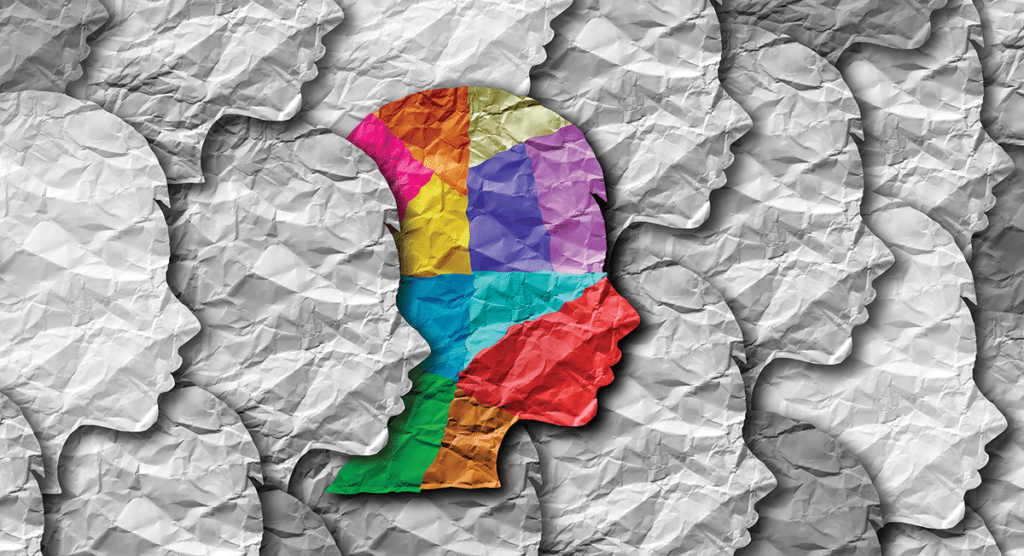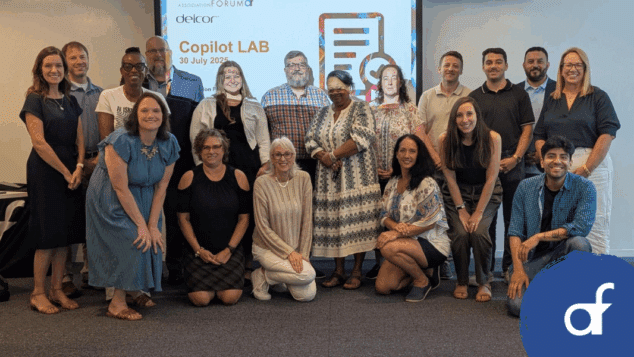Safe Space

The concept of equity, diversity and inclusion (EDI) has been gaining much attention from associations and companies, with many adopting and promoting the notion and practice of EDI within their organizations. From hiring practices to producing educational materials focused on inclusivity and diversity, organizations are embracing EDI and making efforts to incorporate it into their mission and values. While many have successfully created inclusive environments within their organizations and office settings, integrating the principles of EDI outside of the organization can be difficult, particularly when holding meetings and events. As communities are taking a stance on how they handle sensitive issues surrounding the acceptance and inclusion of disenfranchised or marginalized groups, organizations are challenged with making tough decisions when it comes to deciding on conference and event locations.
Diversifying Organizers
As more organizations begin to cultivate the values of EDI, the significance of including a diverse body of meeting organizers, speakers and attendees is becoming an important component in how events and meetings are being crafted and executed. As a result, organizations are striving to ensure that women, people of color and those identifying as LGBTQ are being represented on discussion panels, conducting presentations and holding keynote talks, as well as having a strong attendance at their events. In May 2019, Meeting Professionals International (MPI) released its “State of Inclusion in Meetings & Events” report, which examined how and to what extent event professionals plan for inclusivity and diversity, knowledge gaps in this area and best practice examples for the creation of inclusive experiences. According to the study, 20% of respondents said they include diversity and inclusion initiatives to comply with legal requirements and 31% use diversity and inclusion to respond to guest expectations. In addition, 56% of respondents said their organization has a written diversity and inclusion policy.

Choosing a facility with gender-neutral bathrooms and accessible features goes a long way in ensuring an inclusive meeting environment.
Inclusive Venues
Although some organizations’ efforts have made their conferences and events more EDI-friendly, there are other aspects of the meeting environment that make it difficult to be entirely inclusive. One of the most significant meeting details that plays an important factor in conference and event planning is the meeting venue. The venue—whether it be the meeting space or the community in which the meeting is held—weighs heavily on how welcoming an event is for attendees, and those that lack a friendly environment can create an atmosphere of hostility and exclusivity. Accessibility, for instance, is a major issue at conferences and events, and meeting planners have worked diligently over the years to make sure their events are held at locations that are accessible to all. Accessibility, however, isn’t solely limited to access for those who have mobility and hearing impairments—it now extends to issues such as gender identity.
The fight for recognition and mainstream acceptance of those within the LGBTQ community has been an issue within our society for decades. Recent statewide laws—coupled with the current political climate—have created an atmosphere of alienation and contention for this community. In the 2017 article “First Days of 2017 Bring New ‘Bathroom Bills,’” CNN’s Ray Sanchez points out that, beginning in 2013, at least 24 states have considered restricting access to restrooms, locker rooms and other facilities based on biological sex. And, in 2017, the enactment of controversial legislation surrounding these bathroom bills came to a head as many companies and organizations were forced to make decisions on how they would conduct business in states that estranged certain communities and failed to practice inclusivity.
 North Carolina, for example, went under scrutiny due to its stance on House Bill 2, the Public Facilities Privacy & Security Act, enacting legislation banning people from using public bathrooms that don’t correspond to their biological sex as listed on their birth certificates. This caused the state to lose significant revenue, such as businesses canceling plans for expansion and the NBA moving its All-Star game from Charlotte to New Orleans, La. It also prompted organizations to rethink allowing cities in states like North Carolina to host their events, compelling them to seek out destinations that serve the needs of all who attend.
North Carolina, for example, went under scrutiny due to its stance on House Bill 2, the Public Facilities Privacy & Security Act, enacting legislation banning people from using public bathrooms that don’t correspond to their biological sex as listed on their birth certificates. This caused the state to lose significant revenue, such as businesses canceling plans for expansion and the NBA moving its All-Star game from Charlotte to New Orleans, La. It also prompted organizations to rethink allowing cities in states like North Carolina to host their events, compelling them to seek out destinations that serve the needs of all who attend.
“As associations continue to expand their diversity and inclusion efforts and make D&I a strategic imperative, so do destinations,” stated Samantha Whitehorne in the May 2015 Associations Now article “Destinations Make Diversity and Inclusion a Strategic Priority.” “These cities want their marketing messages to not only reflect the diversity of their communities, but also be welcoming to business and leisure travelers who come from a diverse set of backgrounds and cultures.”
As a result, many cities are retaining EDI specialists and creating committees to develop diversity and inclusion strategies to promote their cities to those who are underrepresented. In addition to implementing policies like having gender neutral restrooms at convention centers and conference hotels, a number of venues are now training their staff to understand things like gender fluidity and accommodating the safety and comfort of those who are visually impaired by installing things like audible pedestrian signals at intersections.
City Selections
Despite the efforts of many cities to support EDI and establish inclusive practices, there are still communities that have yet to embrace diversity and inclusion. Whether it be passing legislation that is detrimental to marginalized people or failing to provide adequate access to people with physical impairments, a myriad of U.S. cities have stark conservative views, making diversity and inclusivity unattainable.
So, what can organizations do to ensure that their meeting’s host city is EDI-compliant? Start by incorporating bylaws and resolutions that require venues to honor the organization’s diversity and inclusion policies and make certain that all involved in the event are aware of its EDI procedures and practices. This not only makes meeting presenters, attendees, vendors and host cities aware of the organization’s support of EDI, it also ensures that the meeting will be a safe, completely inclusive environment for all.
Bottom Line
Equity, diversity and inclusion are essential to creating a welcoming environment in which all individuals and groups are respected, valued and supported. In fostering an inclusive climate at meetings and conferences, organizations can almost guarantee the success of their events as their attendees will feel more comfortable participating and engaging, and in turn more likely to leave with a positive experience.
Tags
Related Articles
The Power of Taking the AI Journey Together
Forum’s first Microsoft Copilot Lab brought together 20 professionals to explore how smart adoption of...
Tips for Creating a Welcoming Meeting Environment
Creating a truly inclusive annual meeting means going beyond ADA compliance—discover how one association builds...
What to Wear to the Honors Gala 2025: SHINE ON in Style
Get ready to sparkle, shimmer, and most importantly—shine! Association Forum’s Honors Gala 2025 is on…




